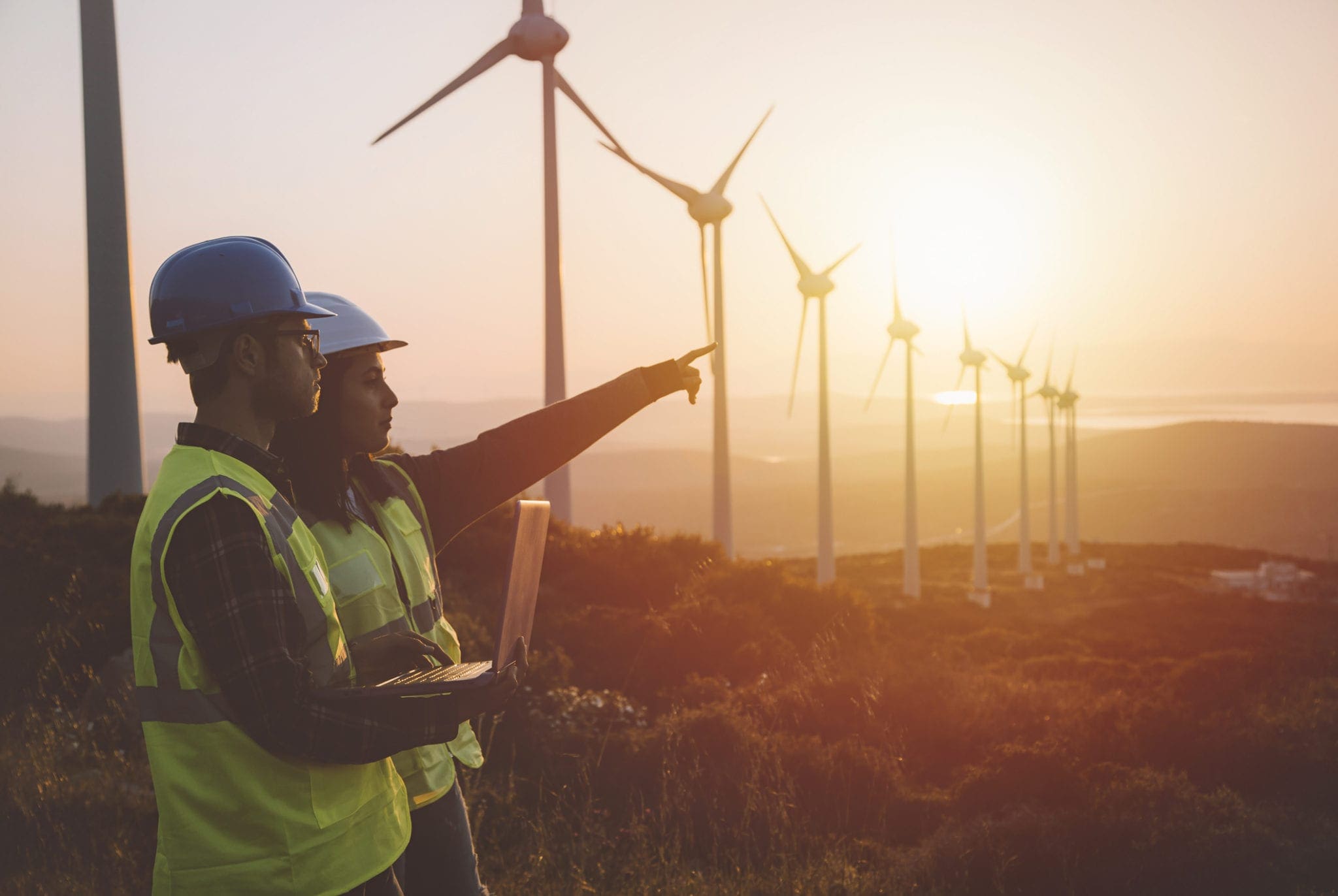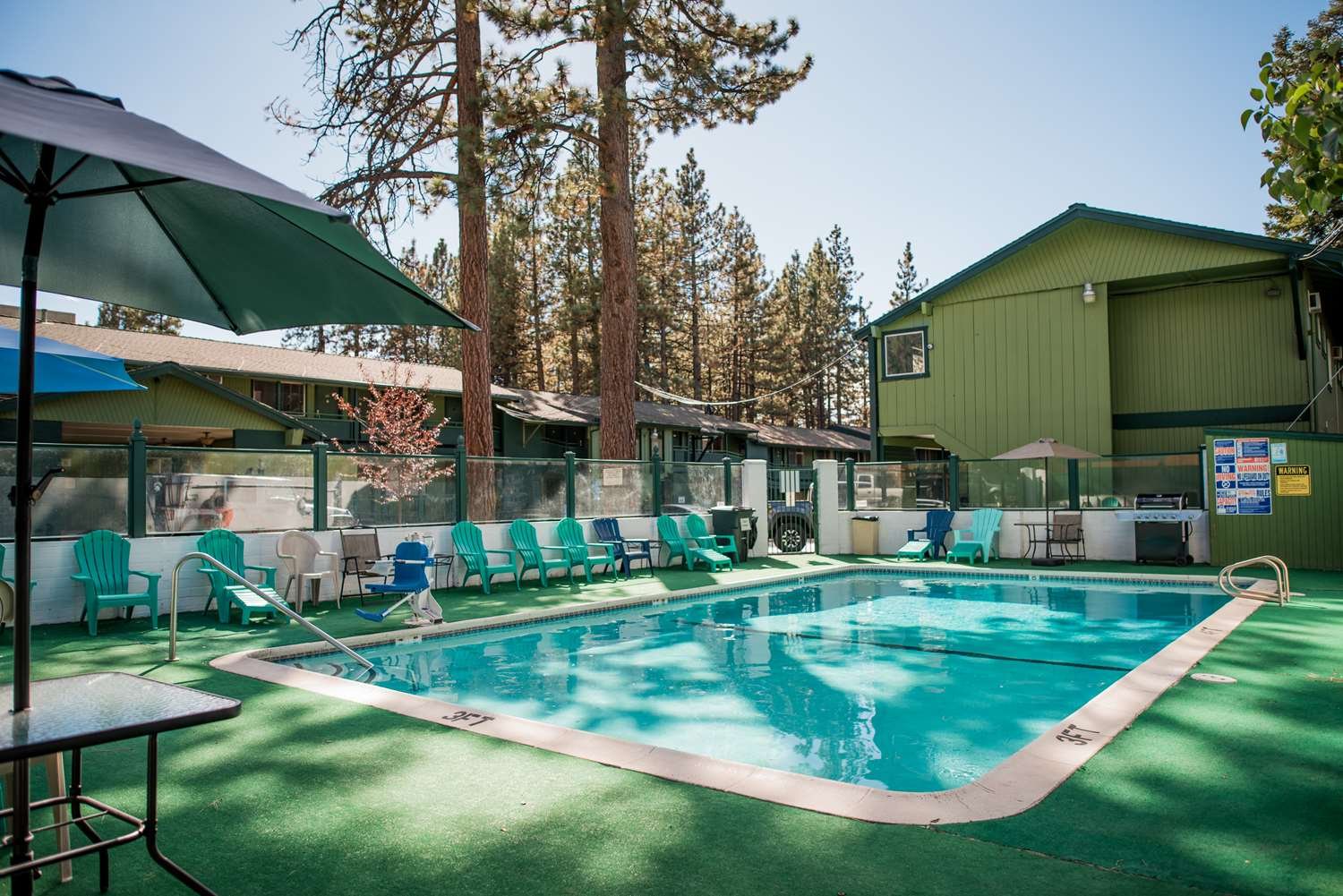Table Of Content

Visit GBA's LEED credentials page to learn about these certification opportunities. These credits promote better indoor air quality and access to daylight and views. Every credit and prerequisite in LEED v5 has a connection to decarbonization, quality of life and/or ecological conservation, and this is annotated throughout the rating system so that project teams can easily shape their sustainability stories and communicate them.
Introducing LEED v5
Eighty-thousand construction projects worldwide use certified and registered LEED standards. LEED buildings have a higher resale value and lower operational costs than non-LEED buildings. LEED is an essential strategy for achieving ESG, decarbonization and equity goals. LEED-certified buildings are a solid asset for investors, occupiers, and communities. They've proven to be top-performing commercial real estate investments.
Homes
LEED consists of rating systems for the all aspects of green construction from design through maintenance worldwide. The results showed occupants tend to be slightly more satisfied in LEED buildings for the air quality and slightly more dissatisfied with the amount of light. The latest version of the LEED green building certification program, LEED v5, is an important milestone in the effort to align the built environment with the Paris Climate Accord's 2030 and 2050 targets. The rating system addresses crucial issues such as equity, health, ecosystems, and resilience. LEED, or Leadership in Energy & Environmental Design, is the most widely used green building rating system in the world and an international symbol of excellence in green building. Green Building Council (USGBC), LEED certification ensures electricity cost savings, lower carbon emissions and healthier environments for the places we live, work, learn, play and worship.
Incentive programs
LEED certification is granted by the Green Building Certification Institute (GBCI), which arranges third-party verification of a project's compliance with the LEED requirements. Energy-efficient buildings reduce pollution and improve outdoor air quality in major industrialized areas, making LEED a critical tool in reducing smog. LEED for Cities projects can measure and manage their city’s water consumption, energy use, waste, transportation and human experience. It marks a transformative milestone in the built environment’s alignment with a low-carbon future and addresses critical imperatives such as equity, health, ecosystems and resilience. These credits address regional environmental priorities for buildings in different geographic regions. Moving to a five-year development cycle provides increased predictability for the market.
Building Design and Construction (BD+C)
LEED’s proven and holistic approach helps virtually all building types lower carbon emissions, conserve resources, and reduce operating costs by prioritizing sustainable practices. Canada is one of the top territories in the world for LEED certification. Buildings have a substantial impact on the health and well-being of people and the planet.
How LEED works
It is also not yet climate-specific, although the newest version hopes to partially address this. Because of this, designers may be encouraged to make design choices to gain a LEED point, even though this choice is not optimal for the specific project. Additionally, LEED is not energy-specific; it only measures overall performance, allowing builders to choose how to achieve points under various categories. A USA Today review showed that 7,100 certified commercial building projects targeted cheap and easy green points, such as creating healthy spaces and providing educational displays in the building.[9] Few builders adopted renewable energy because of the initial cost. Builders game the rating system and use certain performances to compensate for the others, and energy conservation becomes the weakest part in the overall evaluation.
Applicants have the option of achieving credit points by building energy models.[d] One model represents the building as designed, and a second model represents a baseline building in the same location, with the same geometry and occupancy. Depending on location (climate) and building size, the standard provides requirements for heating, ventilation and air-conditioning (HVAC) system type, and wall and window definitions. This allows for a comparison with emphasis on factors that heavily influence energy consumption.


The number of points achieved in this credit is proportional to the predicted energy savings. LEED v3 aligned credits across all LEED rating systems, weighted by environmental priority.[55] It reflects a continuous development process, with a revised third-party certification program and online resources. As stated in the Future of LEED, “we will employ a comprehensive suite of strategies to reduce emissions from operations, materials, construction, refrigerants and transportation, while promoting carbon sequestration and net positive outcomes. Those goals are reflected in the draft of LEED v5 for existing buildings and the concepts shared for design and construction. LEED v5 is next version of the globally recognized comprehensive framework for green building practices.
Prerequisites are required elements that must be incorporated into a building project to earn LEED certification, but project teams can choose the credits they want to pursue to gain points toward LEED certification. LEED is a design tool and as such has focused on energy modeling, rather than being a performance-measurement tool that measures actual energy consumption.[8][9][10] LEED uses modeling software to predict future energy use based on intended use. Buildings certified under LEED do not have to prove energy or water efficiency in practice to receive LEED certification points. This has led to criticism of LEED's ability to accurately determine the efficiency of buildings,[9] and to calls to improve the accuracy of its predictive models.
The aim of LEED 2009 is to allocate points "based on the potential environmental impacts and human benefits of each credit". These are weighed using the environmental impact categories of the EPA's Tools for the Reduction and Assessment of Chemical and Other Environmental Impacts (TRACI)[58] and the environmental-impact weighting scheme developed by the National Institute of Standards and Technology (NIST). These credits incentivize project teams to set early goals and collaborate together to achieve them, while also doing early analysis on water and energy systems for the best results.
Sustainability efforts for The Valley Hospital in Paramus - Valley Health System
Sustainability efforts for The Valley Hospital in Paramus.
Posted: Mon, 16 Oct 2023 07:00:00 GMT [source]
LEED is backed by USGBC—the developers of LEED—and an entire industry of committed organizations and individuals who are paving the way for market transformation. USGBC invests more than $30 million annually to maintain, operate and improve LEED and its customer delivery.
The United States Green Building Council reports many benefits and advantages to LEED certification. U.S. federal government agencies were some of the earliest adopters of LEED. Federal buildings are mandated to build to the highest level of efficiency as reported in government requirements.
LEED buildings use less energy and water, utilize renewable energy and fewer resources, create less waste, and preserve land and habitat. LEED certification is a global solution for cities, communities and neighborhoods. Through sustainable design, construction and operations, LEED can help new and existing buildings to reduce carbon emissions, energy and waste, conserve water, prioritize safer materials, and lower our exposure to toxins. LEED certification is proof that buildings are going above and beyond to ensure the building is constructed and operated to the highest level of sustainability. To earn LEED certification, project teams must earn points outlined in the rating system by adhering to prerequisites and credits across nine measurements for building excellence from integrative processes to building materials to indoor air quality.
LEED certification provides a framework for green building design, construction, operations and performance. Built-in strategies and related outcomes help buildings and spaces determine what is most important, set sustainability goals and then go on to achieve those goals. Developed in a consensus-based process, LEED ensures that we can demand more from our buildings.
One of the limitations of the study was the use of subjective health performance indicators since there is a lack of definition on such indicators by current studies. In 2013 Scofield analyzed 953 New York City office buildings office buildings, of which 21 were LEED-certified, based on publicly available data.[85] Results were mixed. The study compared plug load assumptions made by 92 energy modeling practitioners against ASHRAE and Title 24 requirements, and the evaluation of the plug load calculation methodology used by 660 LEED-CI[87] and 429 LEED-NC[88] certified projects. They found that energy modelers only considered the energy consumption of predictable plug loads, such as refrigerators, computers and monitors.
This input will be incorporated as we refine the drafts into what will be the newest version of LEED. The application review and certification process is conducted through LEED Online, USGBC's web-based service. For new land development or redevelopment projects for residential, non residential or mixed usages.










